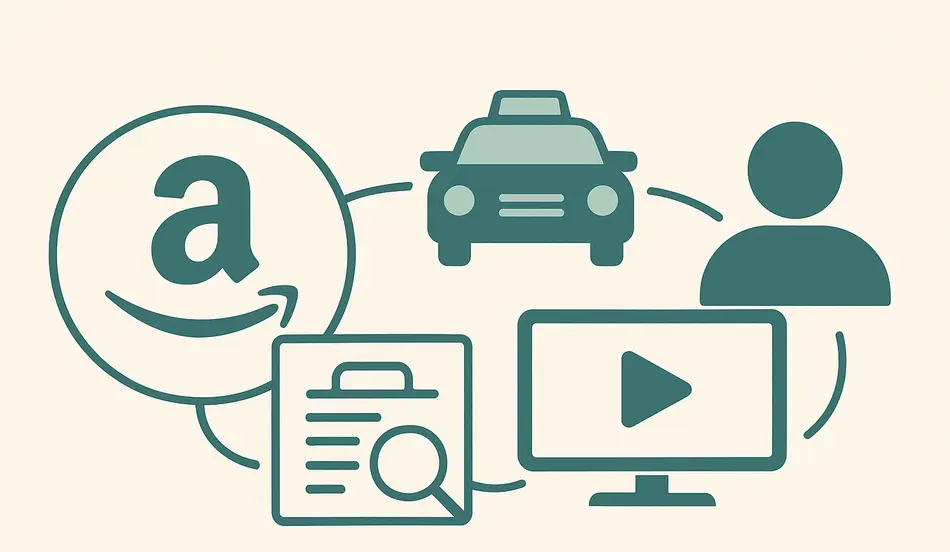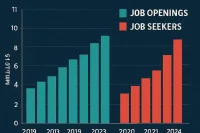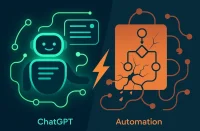In the digital age, a handful of technology giants—Amazon, Uber, Netflix, Facebook, and others—have become integral to our daily lives. Their platforms promise convenience, entertainment, and connection. But beneath the surface, these companies are engaging in a process known as enification: a systematic approach to locking in users, extracting maximum value, and exploiting both consumers and suppliers. This comprehensive analysis explores how enification works, the stages involved, and the real-world consequences for users and society.
The Three-Stage Enification Process
1. The Honeymoon Phase
At first, big tech platforms lure users and suppliers with irresistible offers. Uber provides cheap rides, Netflix offers free trials and low subscription rates, Amazon slashes prices and offers free shipping, and Facebook connects you to friends and content for free. The goal is rapid user acquisition and market dominance, often at a loss.
- Uber: Subsidized rides, driver bonuses, and aggressive promotions.
- Netflix: Free trials, low introductory prices, and a vast content library.
- Amazon: Loss-leading products, free Prime trials, and deep discounts.
- Facebook: Free access, viral features, and minimal ads at first.
2. Supplier Capture
Once a critical mass of users is achieved, platforms shift focus to suppliers—drivers, content creators, sellers, and advertisers. They offer attractive terms to onboard suppliers, creating a two-sided marketplace. As suppliers become dependent on the platform for income or reach, their bargaining power diminishes.
- Uber: High driver pay and incentives initially, then gradual reductions.
- Amazon: Favorable terms for third-party sellers, then increased fees and stricter rules.
- Facebook: Organic reach for publishers and brands, then pay-to-play algorithms.
- Netflix: Generous licensing deals, then tighter margins for content providers.
3. True Enification
With both users and suppliers locked in, platforms begin to extract maximum value. Prices rise, fees increase, and dark patterns emerge to discourage switching or cancellation. The platform’s dominance allows it to dictate terms, often to the detriment of both sides.
- Uber: Surge pricing, reduced driver pay, and opaque fare calculations.
- Netflix: Regular price hikes, password sharing crackdowns, and shrinking content libraries.
- Amazon: Prime price increases, higher seller fees, and aggressive data use.
- Facebook: More intrusive ads, privacy erosion, and algorithmic manipulation.
Detailed Examples of Enification in Action
Uber: From Cheap Rides to Price Surges
Uber’s initial strategy was to undercut traditional taxis with heavily subsidized rides. In cities like New York and London, fares were often 30-50% lower than taxis. Drivers received sign-up bonuses and high per-ride payouts. But as Uber gained market share, prices began to rise. Today, surge pricing can make rides 2-3x more expensive during peak times, and driver pay has steadily declined.
Netflix: The Subscription Squeeze
Netflix revolutionized streaming with affordable, ad-free subscriptions. But after dominating the market, it has raised prices nearly every year. In 2024, the standard plan in the US jumped to $15.49/month, up from $7.99 in 2014. Simultaneously, Netflix has cracked down on password sharing and introduced ad-supported tiers. Content libraries have shrunk as licensing costs rise.
Hire Talent Ready for Market Shifts
From Uber’s surge pricing to Netflix’s subscription squeeze, business models evolve fast. Employers who adapt by hiring forward-thinking talent can stay ahead of disruption and maintain customer trust. Post your job on WhatJobs today and connect with professionals who know how to thrive in shifting industries.
Post a Job Free for 30 Days →Amazon: The Prime Trap
Amazon Prime started at $79/year in 2005, offering free shipping and streaming. By 2025, the price is $179/year. Sellers on Amazon face rising fees (now up to 20% of sales in some categories) and must pay for advertising to remain visible. Amazon uses its data to compete with its own sellers, squeezing margins.
Facebook: Monetizing Attention
Facebook’s early days were ad-light and privacy-friendly. Now, users face a barrage of targeted ads, algorithmic feeds, and privacy invasions. Organic reach for businesses has plummeted, forcing them to pay for visibility. Facebook’s dominance in social media makes it hard for users to leave without losing connections.
Dark Patterns: Manipulating User Behavior
Dark patterns are design tricks that manipulate users into making choices they wouldn’t otherwise make. Big tech platforms use these extensively:
- Uber: Hiding fare breakdowns, making it hard to compare ride options.
- Netflix: Auto-playing next episodes, making cancellation difficult with multi-step processes.
- Amazon: Obscuring unsubscribe buttons, using “one-click” purchases to encourage impulse buying.
- Facebook: Endless scrolling, confusing privacy settings, and notifications designed to maximize engagement.
The Subscription Explosion and True Costs
As more services move to subscription models, users face mounting costs. What started as a way to save money has become a financial burden. The average American now pays for 12 digital subscriptions, totaling over $200/month. Hidden fees, price hikes, and bundled services make it hard to track true costs.
Case Study: PlayStation Plus Cancellation Nightmare
In 2023, Sony faced backlash for making it nearly impossible to cancel PlayStation Plus subscriptions. Users had to navigate multiple menus, face retention offers, and sometimes call customer service. This is a classic dark pattern designed to reduce churn.
FAQ: Understanding Enification
1. What is enification?
Enification is the process by which platforms lock in users and suppliers, then extract maximum value through price hikes, fees, and manipulative design.
2. Why do companies use enification?
It maximizes profits and market control. Once users and suppliers are dependent, companies can dictate terms with little fear of losing business.
3. How can users protect themselves?
Be vigilant about subscription renewals, read the fine print, and regularly review your digital spending. Use tools to track and manage subscriptions.
4. What can policymakers do?
Regulators can enforce transparency, limit dark patterns, and promote competition to reduce the power of dominant platforms.
Conclusion: Taking Back Control
Big tech’s enification strategies have reshaped the digital economy, often to the detriment of users and suppliers. But awareness is the first step to change. Users should demand transparency, use alternative platforms where possible, and advocate for stronger consumer protections. Policymakers must act to curb exploitative practices and restore balance to the digital marketplace.
- Review your subscriptions and spending regularly.
- Support regulation of dark patterns and anti-competitive behavior.
- Share knowledge and help others recognize enification tactics.




